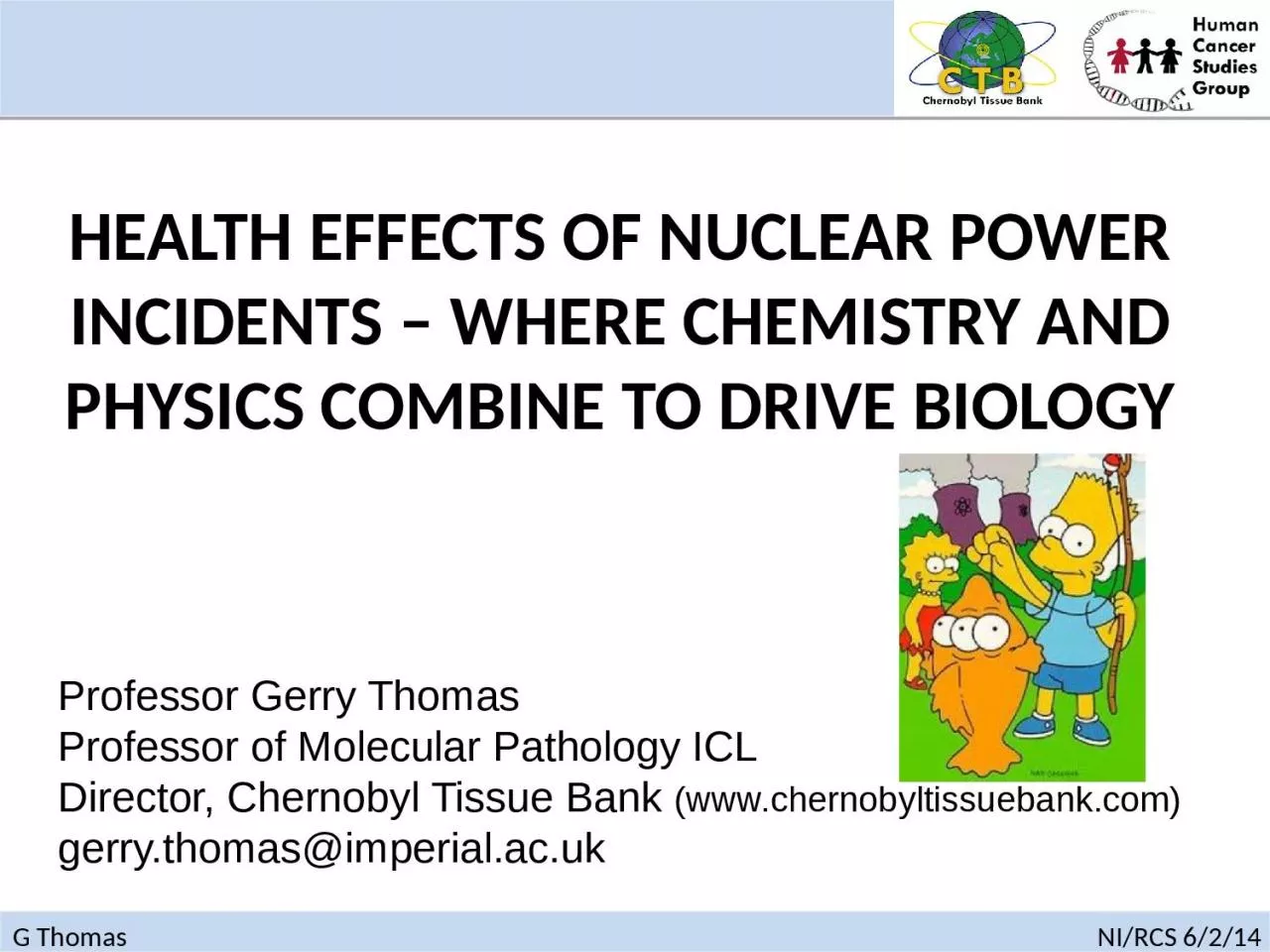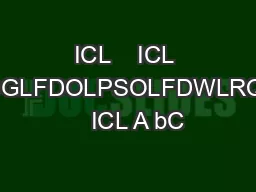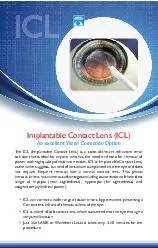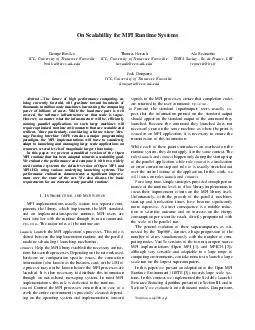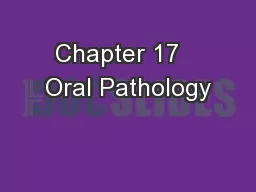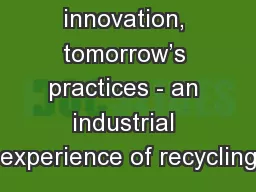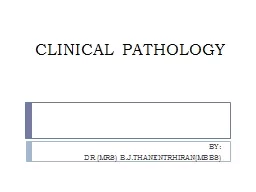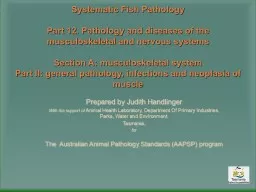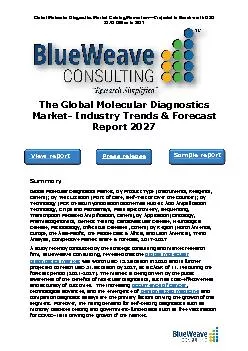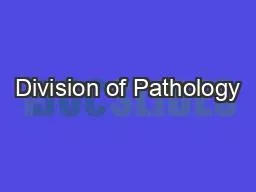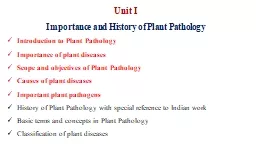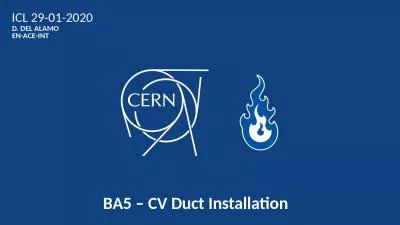PPT-Professor Gerry Thomas Professor of Molecular Pathology ICL
Author : white | Published Date : 2024-01-03
Director Chernobyl Tissue Bank wwwchernobyltissuebankcom gerrythomasimperialacuk HEALTH EFFECTS OF NUCLEAR POWER INCIDENTS WHERE CHEMISTRY AND PHYSICS COMBINE
Presentation Embed Code
Download Presentation
Download Presentation The PPT/PDF document "Professor Gerry Thomas Professor of Mole..." is the property of its rightful owner. Permission is granted to download and print the materials on this website for personal, non-commercial use only, and to display it on your personal computer provided you do not modify the materials and that you retain all copyright notices contained in the materials. By downloading content from our website, you accept the terms of this agreement.
Professor Gerry Thomas Professor of Molecular Pathology ICL: Transcript
Download Rules Of Document
"Professor Gerry Thomas Professor of Molecular Pathology ICL"The content belongs to its owner. You may download and print it for personal use, without modification, and keep all copyright notices. By downloading, you agree to these terms.
Related Documents

